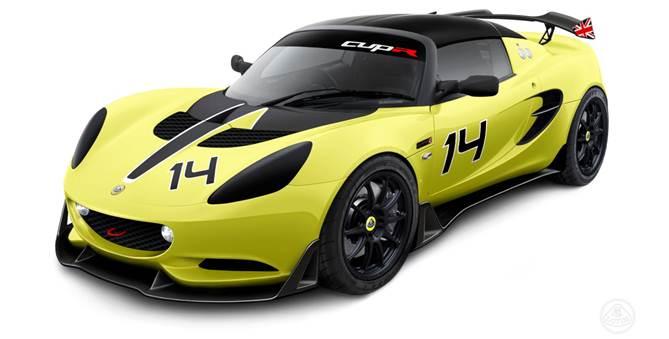
The good news: You’ll be able to buy a Lotus Elise in the United States again. The bad news: You won’t be able to drive it on the road.
The Elise left the U.S. in 2012 model year after the passing of a law requiring dual-stage airbags, which the Elise does not have. Since then, it’s been forbidden fruit for American motoring enthusiasts.
Now, Lotus is bringing it back. Sort of.
The Elise S Cup R is a race-prepped car that owners can enter into the appropriately-named Lotus Cup series. It’s open to owners of virtually any late-model Lotus car, including the Elise, Exige, Evora, 340R, and 2-Eleven.
In addition to races in the good ‘ole U.S. Of A., there are Lotus Cup series in the United Kingdom, continental Europe, Japan, China, and Thailand.
Even in an all-Lotus racing series, the Elise S Cup R should stand out. Lotus says it’s 4.0 seconds per lap faster than a stock Elise S on a 3.1-mile test track, thanks to aerodynamic aids including a front splitter, rear diffuser, side skirts, winglets, and rear spoiler.
The Cup R uses the same Toyota-sourced 1.8-liter four-cylinder engine as other Elise variants, but with the Elise S’ supercharged and a model-specific software tune. The four-banger produces 217 horsepower and 181 pound-feet of torque and is coupled to a six-speed manual transmission.
In case the numbers on the doors aren’t enough to convince the uninitiated that this is a real race car, there’s also an FIA-approved roll cage, six-point harness, HANS device, fire extinguisher, and a battery isolator. Buyers can also add a fuel cell, passenger seat, or air conditioning.
The Lotus Elise S Cup R has a base price of $66,650. Helmet and fire suit not included.


